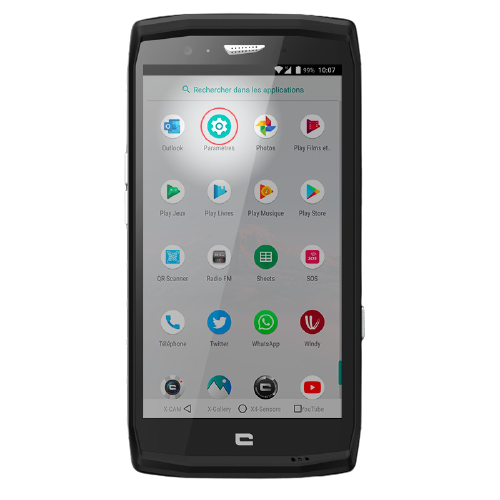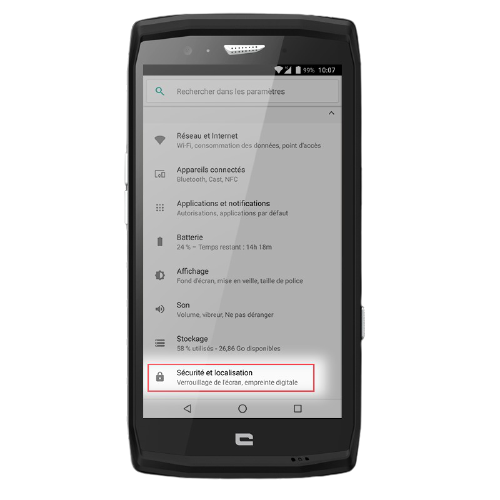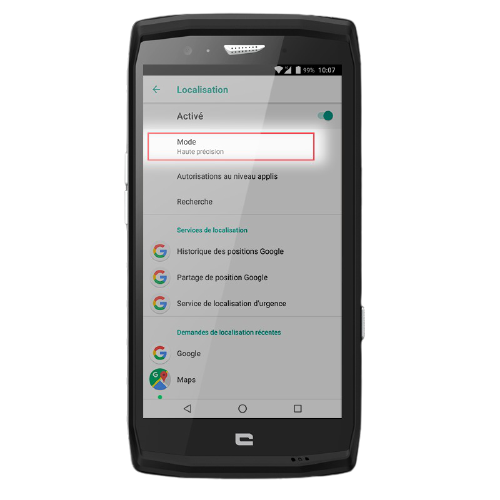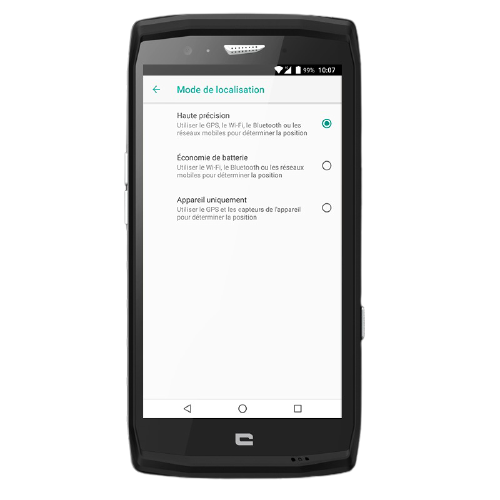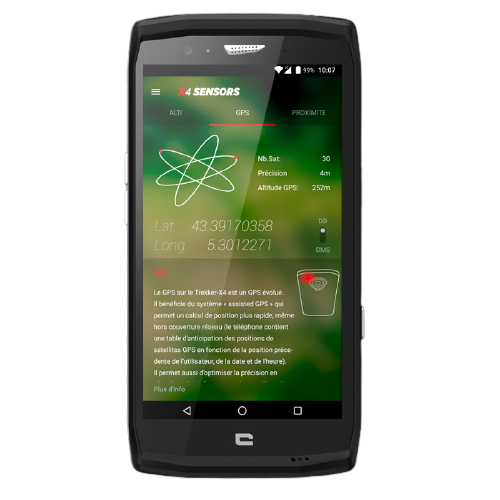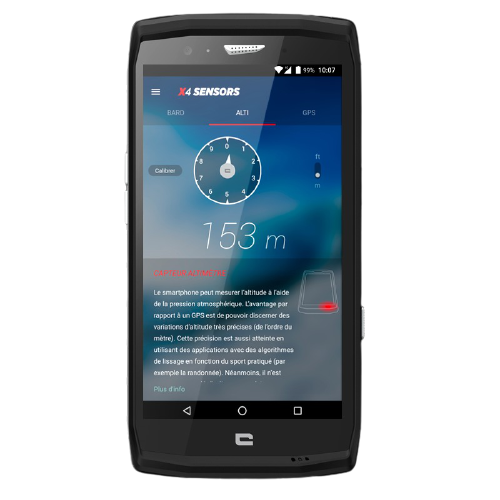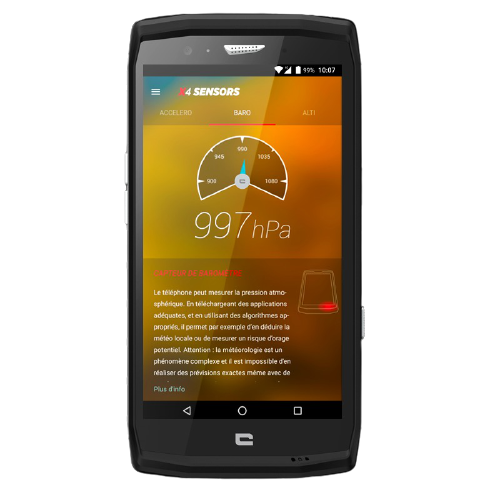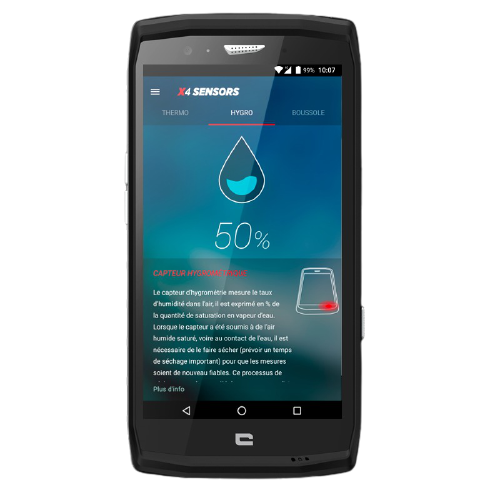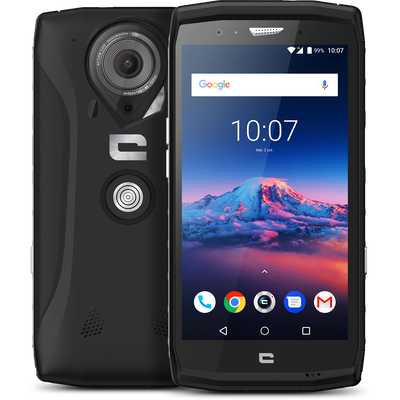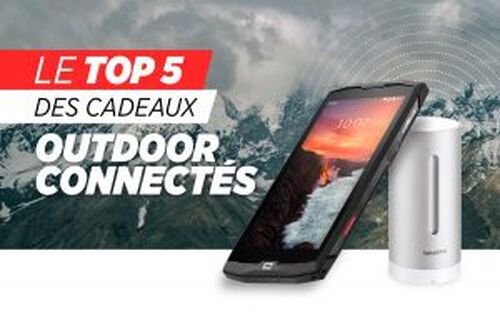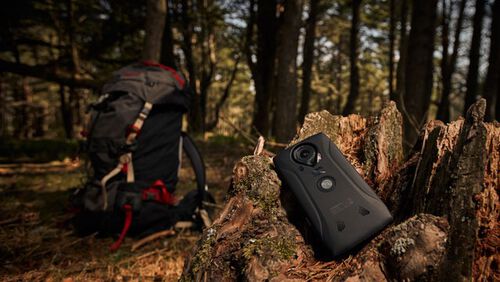GPS FUNCTIONS
The Global Position System (GPS) enables you to be geolocated at any time, whether on land, at sea or in the air. It is based on a network of satellites initially created and developed by the US government for military purposes. There are 4 GPS "nationalities": Galileo (European), Beidou (Chinese), Glonass (Russian) and GPS (American). These satellites orbit the earth, continuously sending out frames of information:
- Their position in XYZ coordinates (X = latitude, Y = longitude and Z = altitude)
- The time at which they broadcast this information
Contrary to popular belief, most smartphones are not equipped with a GPS chip. They are equipped with antennae capable of picking up the frames of information sent by satellites.
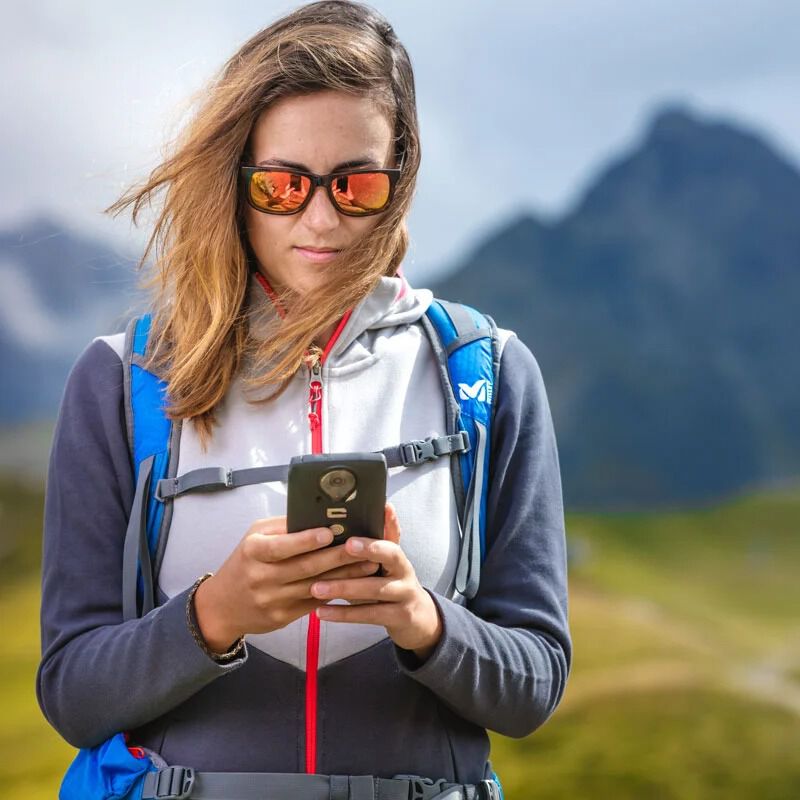
LOCATION METHODS
Android phones use 3 location modes:
- High precision: uses GPS data, Wi-Fi, Bluetooth or various mobile networks.
- Battery-saving: uses Wi-Fi, Bluetooth or various mobile networks.
- Device only: uses the device's GPS and sensors.
The more your device crosses different data sources, the more accurate the geolocation will be.
To choose your location mode, follow these steps: Settings > Security & Location > Location > Mode
CROSSCALL tip: choose your tracking mode according to your use. If you want to be tracked (hiking, trails, etc.), choose the high-precision mode. If you only need to consult applications such as weather forecasts, the battery-saving mode will suffice.
SIGNAL DISTURBANCES
Occasionally, satellite signals can slow down. For example, if the sky is very cloudy, your smartphone may have difficulty picking up all the signals emitted by the satellites and determining your position.
Ever wonder why your GPS is less accurate when you're walking in town? Well, it's due to the Canyon effect. Simply put, when you're walking in the city between buildings, it's as if you're walking in a valley surrounded by two large mountains on either side. The GPS signal ricochets off the buildings and has difficulty pinpointing your position.

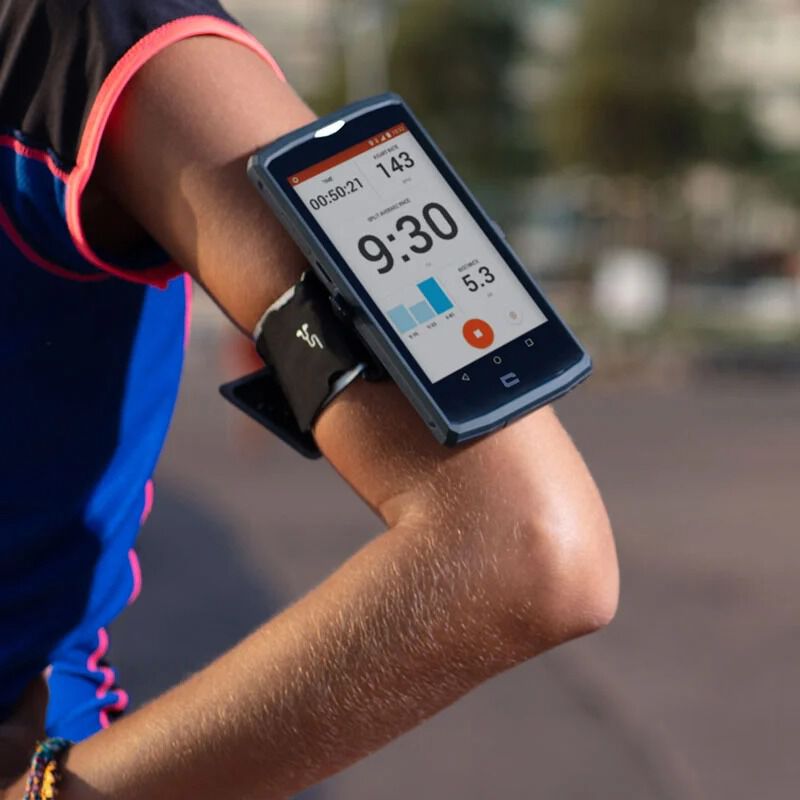
KNOW YOUR GPS POSITION
Generally speaking, to find out your GPS position, you use a dedicated application capable of deciphering the signals emitted by satellites. A number of tracking applications are available, which allow you to be geolocated. Some even take your activity into account. These include Strava, for outdoor sports enthusiasts, View Ranger, for hiking enthusiasts, Iphigénie, for IGN map enthusiasts and many others... We'll tell you more about them in a future blogpost.
CROSSCALL tip: if you're using these off-grid applications, we recommend that you download your maps in advance of your excursions, so that you can access them even if the area you're in isn't covered.
THE X-SENSORS APPLICATION
As for us, we have developed our own application: X-Sensors.
It includes various sensors such as altimeter, barometer and hygrometer.
It also gives you your GPS position with XYZ coordinates (X = latitude, Y = longitude and Z = altitude). The advantage of this application is that even without a network, you can access this information with a single click! What's more, phones equipped with the X-Sensors application feature a GPS satellite position anticipation table based on the user's previous position, date and time, enabling you to access your position more quickly (reduced cold-start time).
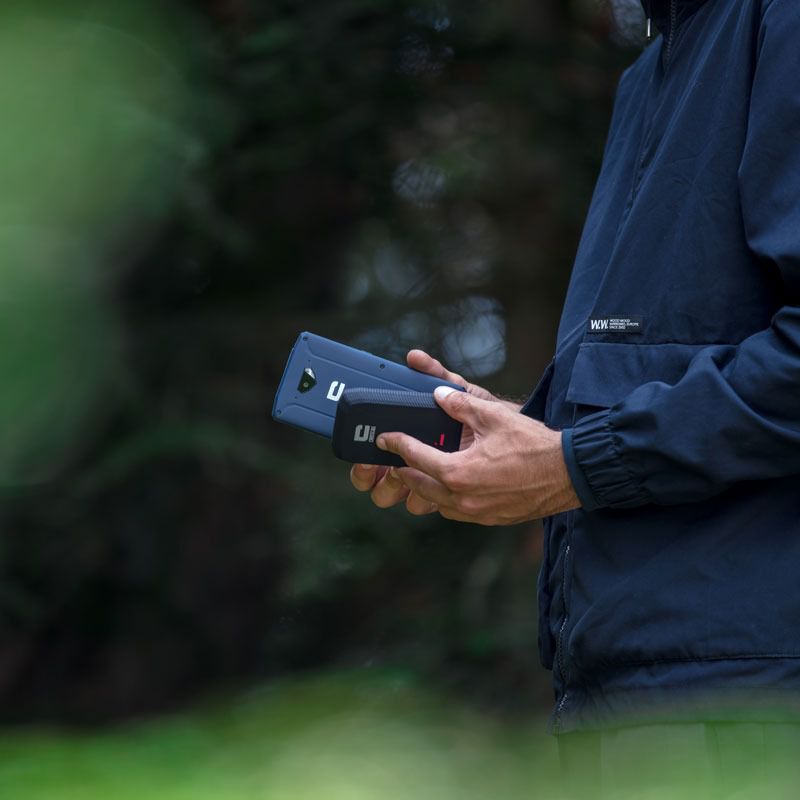
THE ADVANTAGES OF CROSSCALL PHONES
Using your GPS often puts a strain on your phone. The strength of Crosscall's DNA is the autonomy of our batteries. The TREKKER-X4 allows you to use your GPS for up to ten hours at 100% brightness. We've also developed accessories like the X-POWER, a 5000 mAh external battery that lets you recharge your phone even when you're out and about. And if you ever get caught in the rain, thanks to our waterproofing and Wet Touch technology, you can continue to use your phone without any problems, even with wet fingers!
CROSSCALL tip: to optimize the battery life of your smartphones when you're out and about, once you've launched your application, turn down the brightness of your screen and switch to airplane mode.
 Choisissez votre pays et votre langue
Choisissez votre pays et votre langue
